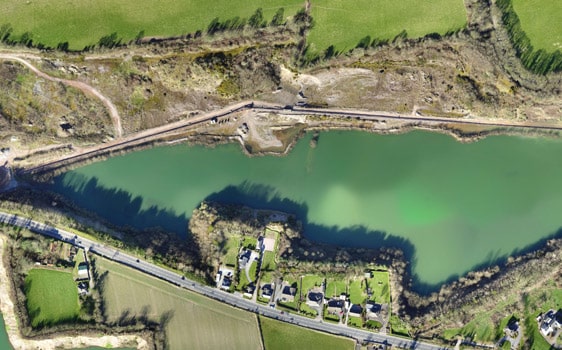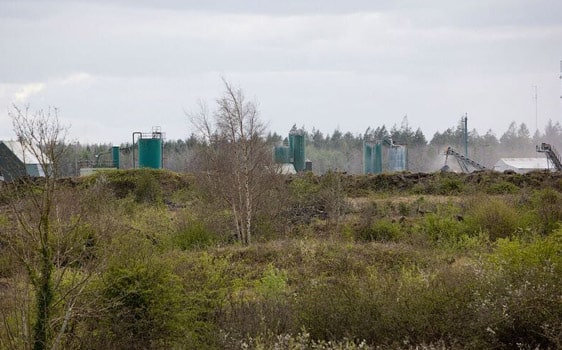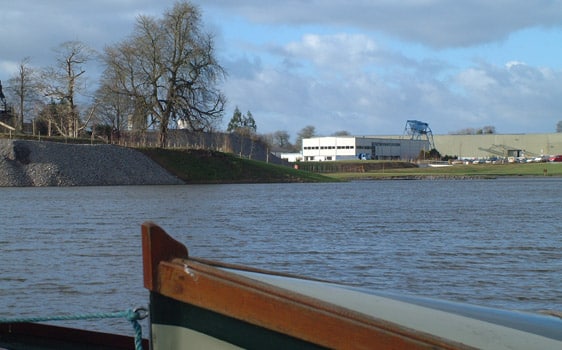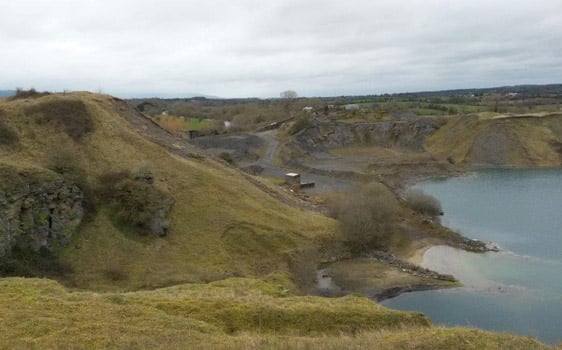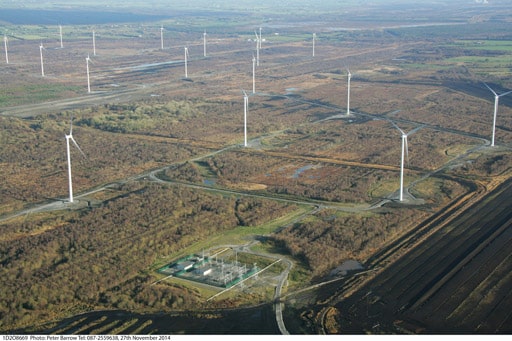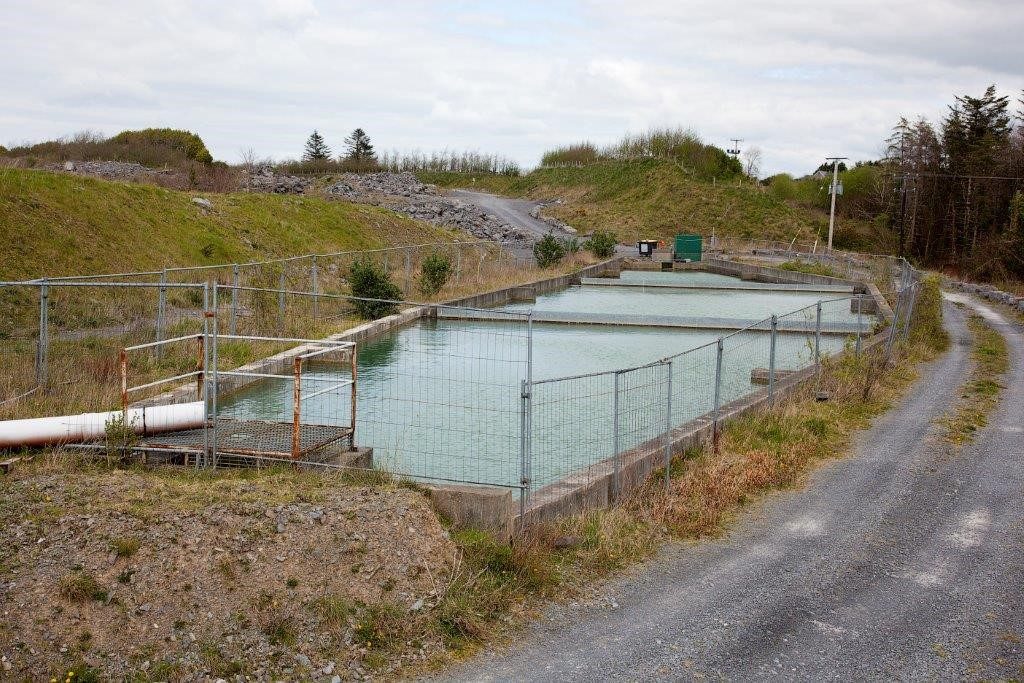Environment
The aggregates and concrete industry is continually striving to provide a net positive environmental impact throughout the lifetime of its products. “Whole-life performance” is a concept whereby all environmental impacts, including those from raw material extraction, manufacture, transport, construction and use of the building to end-of-life disposal or reuse, are accounted for when assessing the impacts of buildings or other construction projects. Focusing on just part of the lifecycle is misleading in terms of the analysing the overall impacts of buildings and infrastructure projects. When looked at from this whole-life perspective, the environmental benefits of concrete become evident.
Concrete buildings can provide substantial energy savings during their lifetime. The high level of thermal mass in concrete buildings means that indoor temperatures remain relatively stable irrespective of external fluctuations. This sharply reduces the need for extra heating or cooling as well as providing greater comfort. As the energy use of buildings accounts for 80% of their environmental impact, increased energy efficiency in buildings offsets the impact resulting from materials production.
At the end of its life, concrete can be fully recycled, either into new concrete or in other applications such as road base. Therefore concrete is part of the “circular economy”.
The industry also recognises the impact of its extraction activities on the landscape and has invested in quarry rehabilitation programmes and encouraging biodiversity is a key part of the concrete industry’s sustainability policy.

